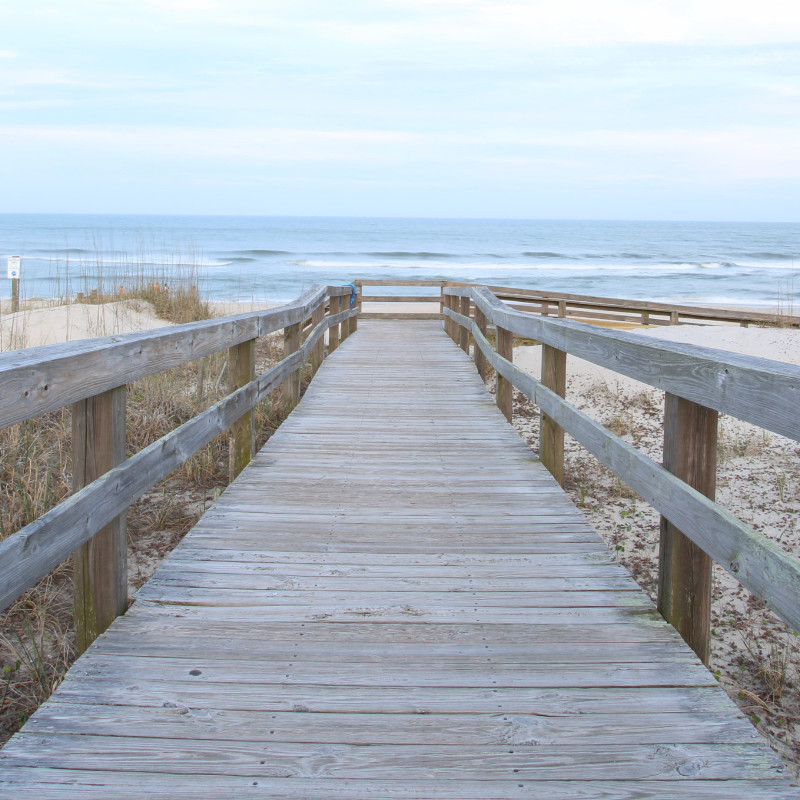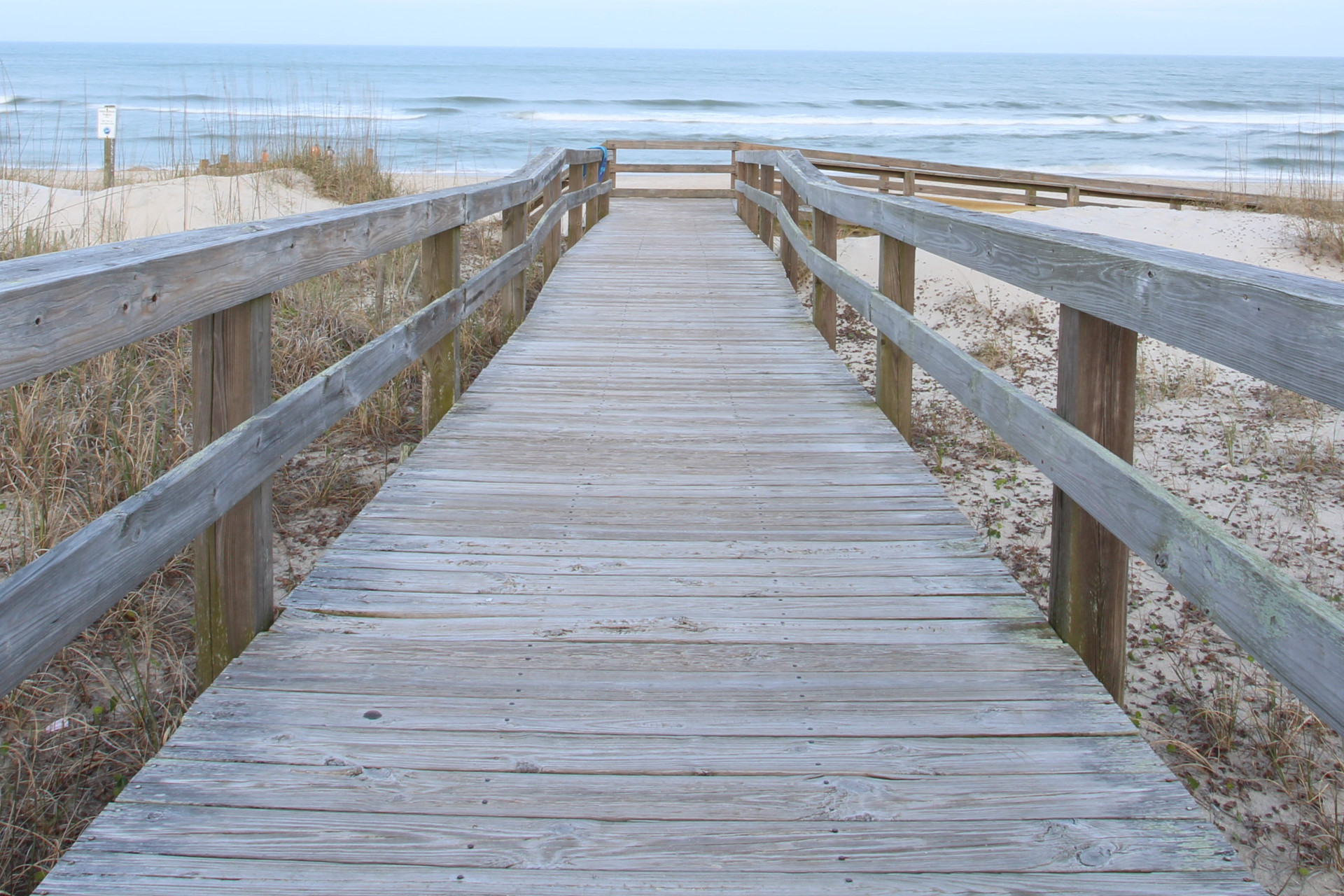2
Apr 2021
By Kathi Ferguson
When signs of spring come to mind, our thoughts typically turn to warmer days, songbirds, April showers, and blooming gardens. But for many on Maryland’s Eastern Shore, a very different pleasure awaits. It is when Atlantic shad make their way from the ocean to spawn in the freshwater rivers and streams of the Chesapeake Bay—a signal that indulging in the seasonal delicacy of shad roe is bound to follow.
It is also the time when the fish’s namesake, Shadbush, comes to life. According to local lore, as soon as the shadbush blooms in early spring, the fish follow suit, running upriver to spawn. Boasting clusters of small, white flowers and round crimson fruits, the deciduous shadbush is found throughout the entire Bay watershed, and is easily spotted at fence rows, in open woods, and along the edges of forested wetlands.
American shad are the largest member of the herring family, and have long been an important food source in our region’s history. For hundreds of years, shad were caught by Native Americans as a staple food, and European colonists kept barrels of salted shad in their home. During the Revolutionary War, an early shad run helped feed George Washington’s troops after a harsh winter spent at Valley Forge in 1778.
The Latin name for the shad, Alosa sapidissima, means “most delicious”. Tiny, ripe eggs of the female are contained in two, lobe shaped sacs called “sets”, each weighing between twelve and eighteen ounces. Bearing a resemblance to liver, shad roe is typically deep red in color, but can occasionally reveal a light yellowish hue. Rich and meaty, the taste leans towards briny and savory, tending to take on the flavors with which it is cooked. There are several ways to prepare shad roe, but most importantly, it should be handled with care, and cooked at low temperatures to avoid bursting the eggs.
Shad roe has been sought after and enjoyed as fine table fare for generations, but today, it can be hard to come by. Historic overfishing, pollution, and river passages blocked by dams, have contributed to severe depletion of shad populations. Although protected under the Anadromous Fish Conservation Act since 1965, the Maryland fishery closed its commercial harvest in 1980, with Virginia following suit in 1994. Most of the local restaurants and fish markets look to North Carolina for their supply these days.
Ask any Eastern Shore native who has been around for a while about shad roe, and chances are good he has eaten it. “We always rolled ours in flour, and pan fried it in bacon fat,” says Tilghman native John Kinnamon. “The fish itself was too bony to eat, but the roe was something special.”
The roe typically makes its debut in the kitchens of area restaurants during the month of February, and is available through the end of March, sometimes early April. “Many of our regular customers call ahead or stop in to see if it’s on the menu,” says Craig Cropper, manager of Suicide Bridge Restaurant in Hurlock. “I call them the shad roe “connoisseurs”. They tend to be an older clientele who grew up with it, and really enjoy it.” Broiled and served with crispy bacon on top, with a side of lemon butter sauce makes the dish.
Flavorful dishes of shad roe are eagerly awaited each year by a loyal culinary following on the Shore, leaving little doubt the springtime migration that once brought abundant schools of this storied fish to their rivers of origin has become a significant part of Chesapeake history and culture.






